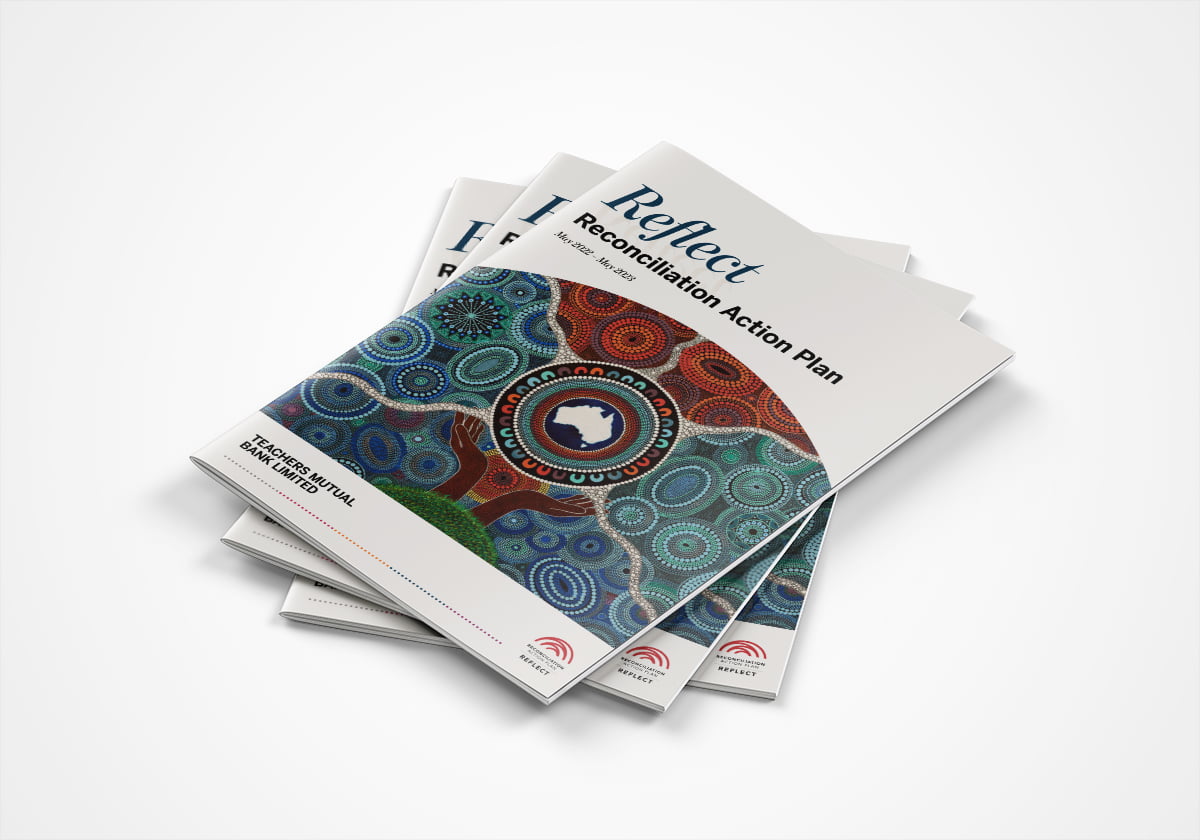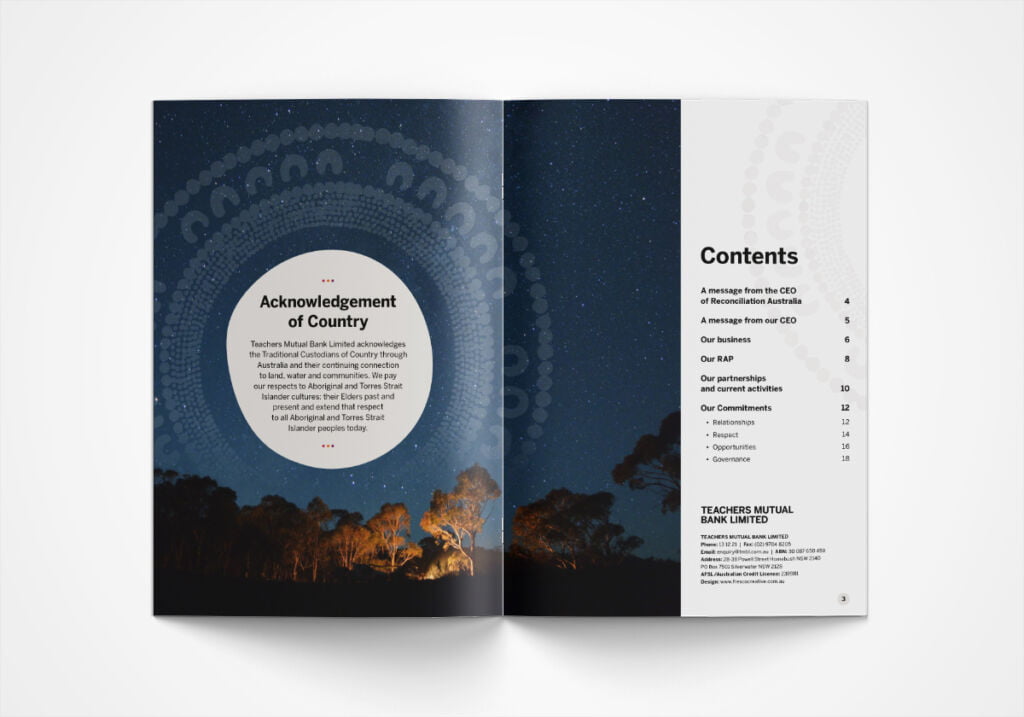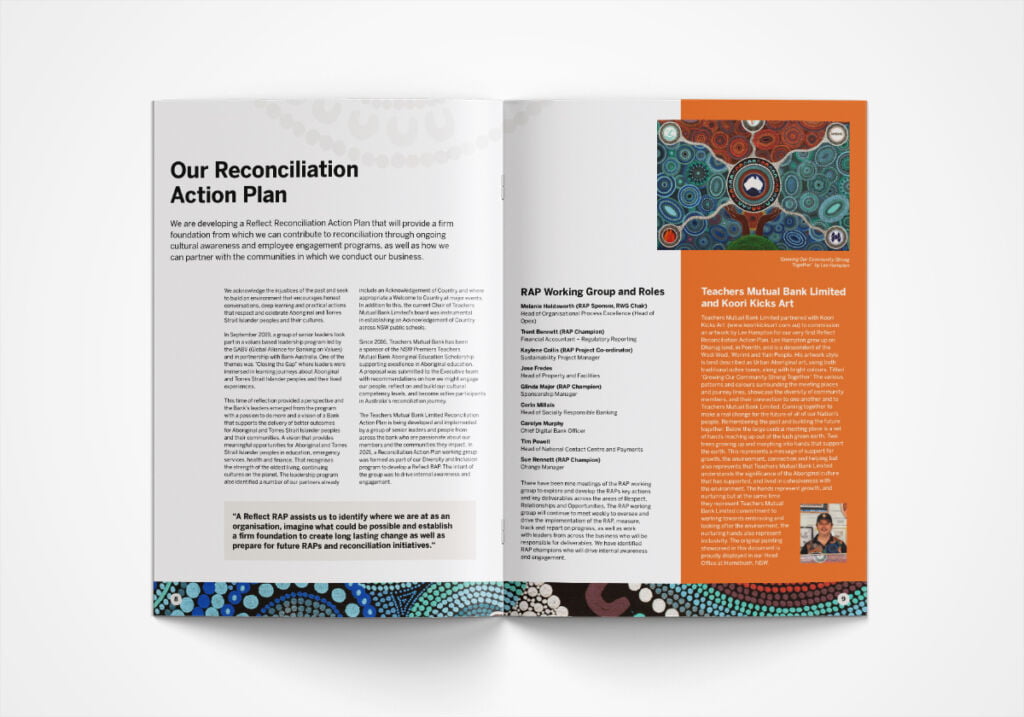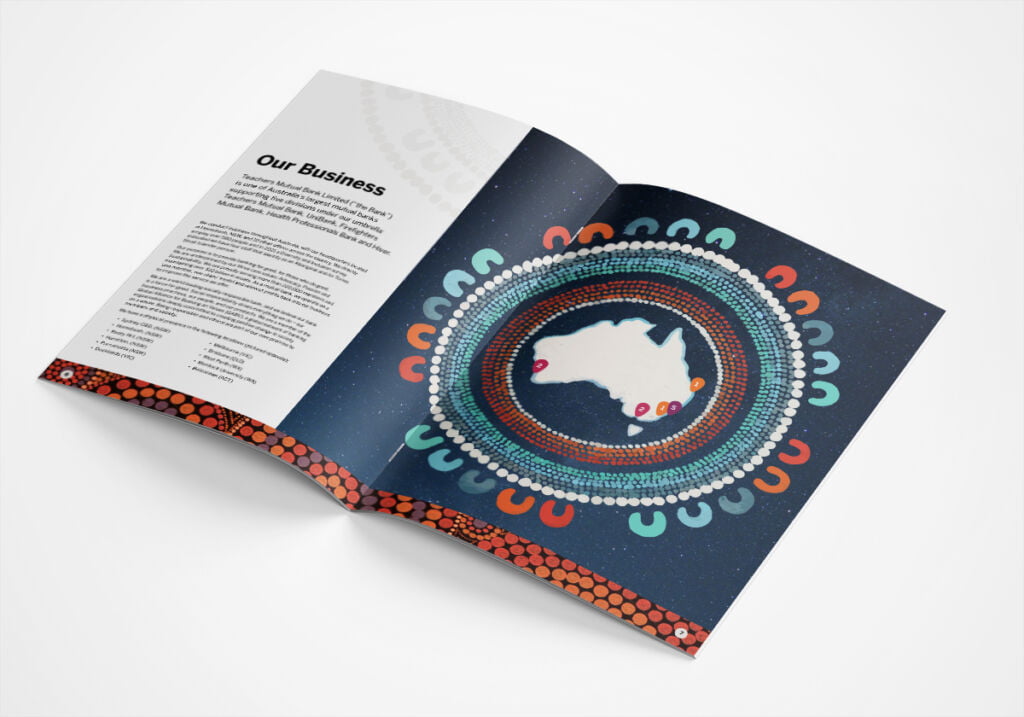Learning through active practice
Graphic designers advised to encourage clients to represent Indigenous culture
The Australian Indigenous Design Charter was unveiled by Jefa Greenaway (Wailwan/Gamillaraay) this year.
The Charter encourages graphics designers to play a leadership role in promoting best practice policies and procedures for knowledge sharing, creation, procurement, commissioning and representation of Australian Aboriginal and Torres Strait Islander culture in graphic design practice.
The Charter was coauthored by Dr Russell Kennedy and Dr Meghan Kelly from Deakin University, School of Communication and Creative Arts in collaboration with Dr Brian Martin (Muruwari, Bundjalung, Kamilaroi), Deakin University, Institute of Koorie Education (IKE), Jefa Greenaway (Wailwan/Gamillaraay), Indigenous Architecture and Design Victoria (IADV) and the Design Institute of Australia. It can be viewed here.
It advises that graphic designers need to ensure (rather than assume!) that Indigenous communities are not exploited or disadvantaged by the commercial representation of their culture in graphic design projects. As professional graphic designers, we agree – and acknowledge our professional and social responsibility to establish, maintain and promote ethical standards and principles.
For example, if we are designing a publication that features an Indigenous artwork, we should ensure that the image creator has been appropriately compensated and explicit permission sought for it’s replication in the report. This is no longer seen as designer over-reach – it is now industry best-practice.
As graphic designers we are expected to adhere to the following 10 points when working on projects that involve the representation of Indigenous culture:
1) Indigenous led. Ensure Indigenous representation creation in graphic design practice is Indigenous led.
2) Self-determined. Respect for the rights of Indigenous peoples to oversee representation creation of their culture in graphic design practice.
3) Community specific. Ensure respect for the diversity of Aboriginal and Torres Strait Islander culture by following community specific cultural protocols.
4) Deep listening. Ensure respectful, culturally specific, personal engagement behaviors for effective communication and courteous interaction are practiced.
5) Impact of design. Always consider the reception and implications of all designs so that they are respectful to Indigenous culture.
6) Indigenous knowledge. Respectfully ask the client if there is an aspect to the project, in relation to any graphic design brief, that may be improved with Indigenous knowledge.
7) Shared knowledge (collaboration, co-creation, procurement). Develop and implement respectful methods for all levels of engagement and sharing of Indigenous knowledge (collaboration, co-creation, procurement).
8) Legal and moral. Demonstrate respect and honour cultural ownership and intellectual property rights, including moral rights, and obtain appropriate permissions where required.
9) Reconciliation Action Plan (RAP). Develop a RAP incorporating the AIDC:CD.
10) Charter implementation. Ensure the implementation of the AIDC:CD to safeguard Indigenous design integrity.
It is important for graphic designers to show leadership in promoting cultural innovation to their clients by encouraging them to commission graphic design work that involves Indigenous-related content from preferred suppliers who follow professional Indigenous design best practice standards as outlined in the Charter. These best practise guidelines have been drafted to compliment existing IP laws and other commercial codes of conduct and hopefully will be taken up by all graphic design studios across Australia in the coming years.
“As a Non-Indigenous company we pledge to comply with as many professional practice standards for engagement as possible, as outlined in Australian Indigenous Design Charter (AIDC:CD) and to procure Indigenous expertise or engage Indigenous consultants when applicable.” – Andrea Jackson, Fresco Creative
